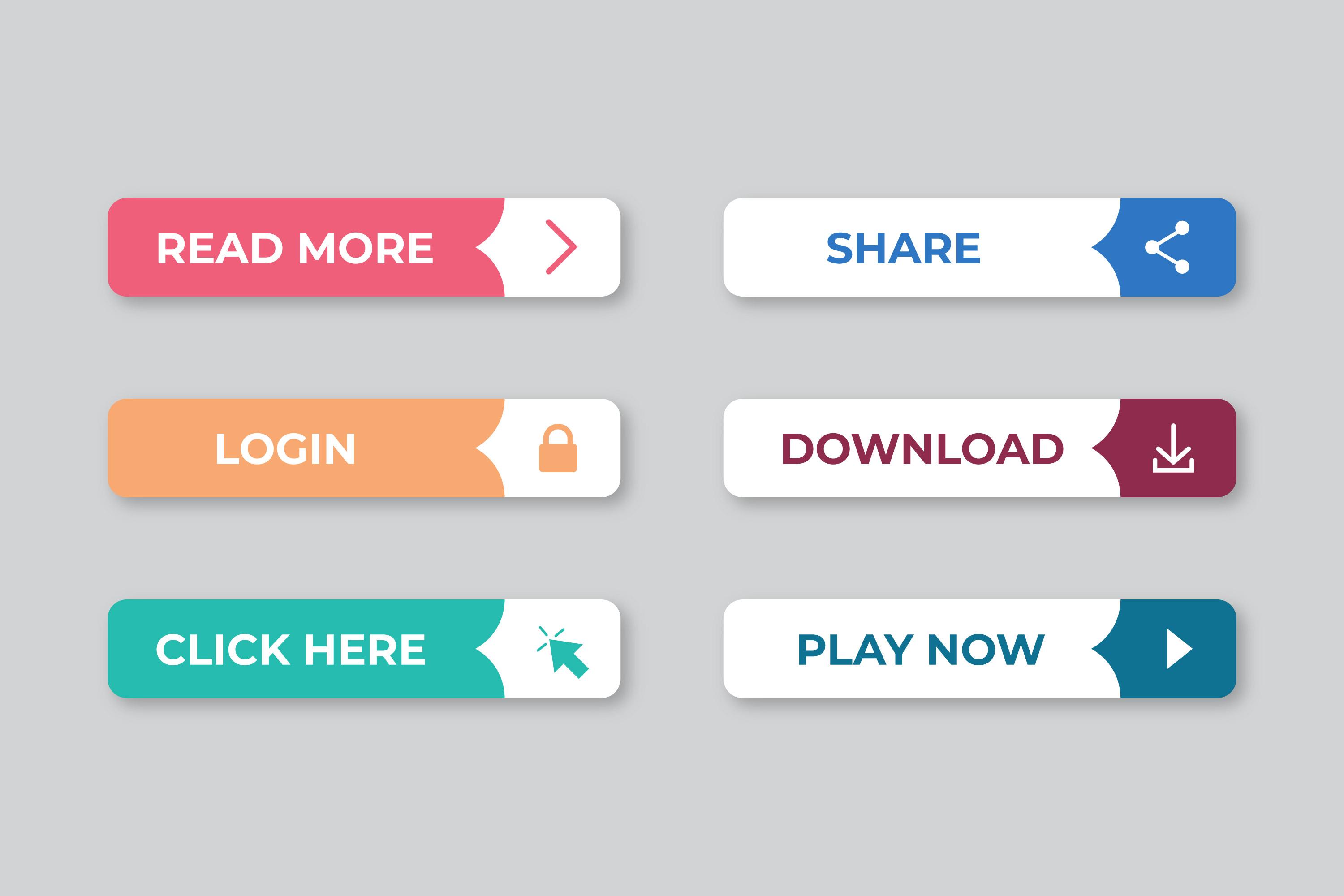
How to Create Compelling Call-to-Actions That Work
Call-to-actions, or CTAs, are a crucial part of any successful website or marketing strategy. They guide users on what steps to take next, whether it's signing up for a newsletter, making a purchase, or exploring further content. Without effective CTAs, users might leave your site unsure of how to proceed, missing out on engaging with your business.
Crafting compelling CTAs is both an art and a science. You need the right words to catch attention and the perfect design to make them stand out. This combination motivates visitors to take action. The surest way to know if a CTA works is through testing. Analyzing what makes users click can help refine strategies and improve results.
In this article, we'll explore how to create CTAs that captivate your audience and drive them to take action. These tips will help ensure your efforts lead to meaningful interactions and help your business grow.
Understanding the Purpose of Call-to-Actions
Call-to-actions are more than just buttons or links; they are the guiding stars of your website. They tell visitors what to do next and help them navigate their journey with ease. A strong CTA bridges the gap between a website visit and a meaningful interaction like making a purchase or signing up for a newsletter.
At its core, a CTA transforms potential interest into actual engagement. It nudges users towards taking steps aligned with both their needs and your business goals. By providing clear direction, CTAs remove any guesswork about what users should do. This guidance is crucial for converting casual visitors into loyal customers.
CTAs also serve a second purpose: they provide valuable insights into user behavior. By tracking how often they are clicked and what types of CTAs perform best, you can gain a better understanding of your audience's preferences. This information helps you tailor your approach and create even more compelling CTAs in future campaigns.
In essence, CTAs are key in directing traffic, increasing conversions, and gathering data for improving marketing strategies. Making them purposeful and clear is essential for achieving success.
Crafting Clear and Direct CTAs
Writing an effective CTA requires clarity and simplicity. These tiny snippets of text must communicate what action you want users to take and why it benefits them. A clear CTA removes any barriers and makes it easy for visitors to decide.
To craft strong CTAs, consider these tips:
- Use Action-Oriented Language: Start with a verb that prompts immediate action like "Buy," "Subscribe," or "Learn More." This encourages users to click without hesitation.
- Keep It Short and Sweet: Aim for one or two words, or at most a short phrase. Long-winded CTAs can confuse or overwhelm visitors.
- Highlight the Benefit: Make sure it conveys the value or benefit the user will receive, such as "Get Your Free Guide" or "Start Saving Today."
- Create Urgency: Phrases like "Limited Time Offer" or "Only a Few Left" can encourage users to act quickly instead of putting off the decision.
- Ensure Consistency: Match the CTA with the landing page to meet user expectations. If a CTA promises a discount, verify that the next page delivers information about that offer.
Crafting CTAs takes thoughtful attention to language and purpose. Following these tips helps you create CTAs that guide users effectively and boost engagement with your brand.
Design Elements That Enhance CTAs
Design plays a crucial role in making CTAs stand out and grab attention. An eye-catching design ensures that users notice the CTA and are motivated to take action. By focusing on the visual aspects, you can make CTAs more appealing and effective.
Key design elements for CTAs include:
- Color Choice: Use contrasting colors to make your CTA stand out against the background. Bright, bold colors can attract attention quickly and help direct focus to the CTA.
- Size and Shape: Ensure the CTA button is large enough to notice and click easily but not so big that it interrupts the flow of the content. Rounded buttons often appear friendlier, while sharper edges can convey precision.
- Placement: Position the CTA where it's easy to see, such as near the top of the page or at the end of a compelling section. Good placement ensures it's aligned with the logical flow of scanning a page.
- Whitespace: Surround your CTA with whitespace to make it pop out. Too much clutter around the button can distract users and reduce click-through rates.
- Interactive Features: Add elements like hover effects to provide visual feedback when users interact with the CTA, making it more engaging.
By optimizing these design elements, you enhance the visual appeal and functionality of CTAs, inviting users to engage meaningfully with your content or offerings.
Testing and Analyzing CTA Effectiveness
Creating CTAs is just the beginning. Testing them to see what works best is essential for optimizing their effectiveness. A/B testing, or split testing, allows you to compare different versions of a CTA to determine which one performs better.
Consider these steps in testing your CTAs:
- Define Goals: Determine what you want to achieve with your CTA, be it more sign-ups, clicks, or purchases. A clear goal provides direction for what to test and measure.
- Create Variations: Change one aspect at a time, such as text, color, or placement, to identify which variable impacts user behavior the most.
- Set a Testing Duration: Run tests long enough to gather significant data but not so long that market conditions change drastically.
- Analyze Results: Look at the data to see which CTA version led to more conversions. Use insights to refine and improve future CTAs.
- Implement and Repeat: Implement successful changes and continue the testing cycle. Regular testing ensures that your CTAs evolve with changing user preferences.
Testing and analyzing CTAs provide insights into what drives user engagement. This process helps you refine your approach and maximize the impact of your marketing efforts.
Conclusion
Creating compelling CTAs involves a blend of purpose-driven content, thoughtful design, and rigorous testing. Understanding the role CTAs play, crafting concise messages, enhancing design, and evaluating effectiveness together form a comprehensive strategy. This approach not only boosts user interaction but also increases conversion rates and business success.
Ready to elevate your CTAs and drive better results? Let WebbyWide partner with you to create engaging and effective CTAs that resonate with your audience. Our expertise in digital marketing and graphic design services can help you achieve your goals with style and precision





Comments
Add Comments
Update Comment